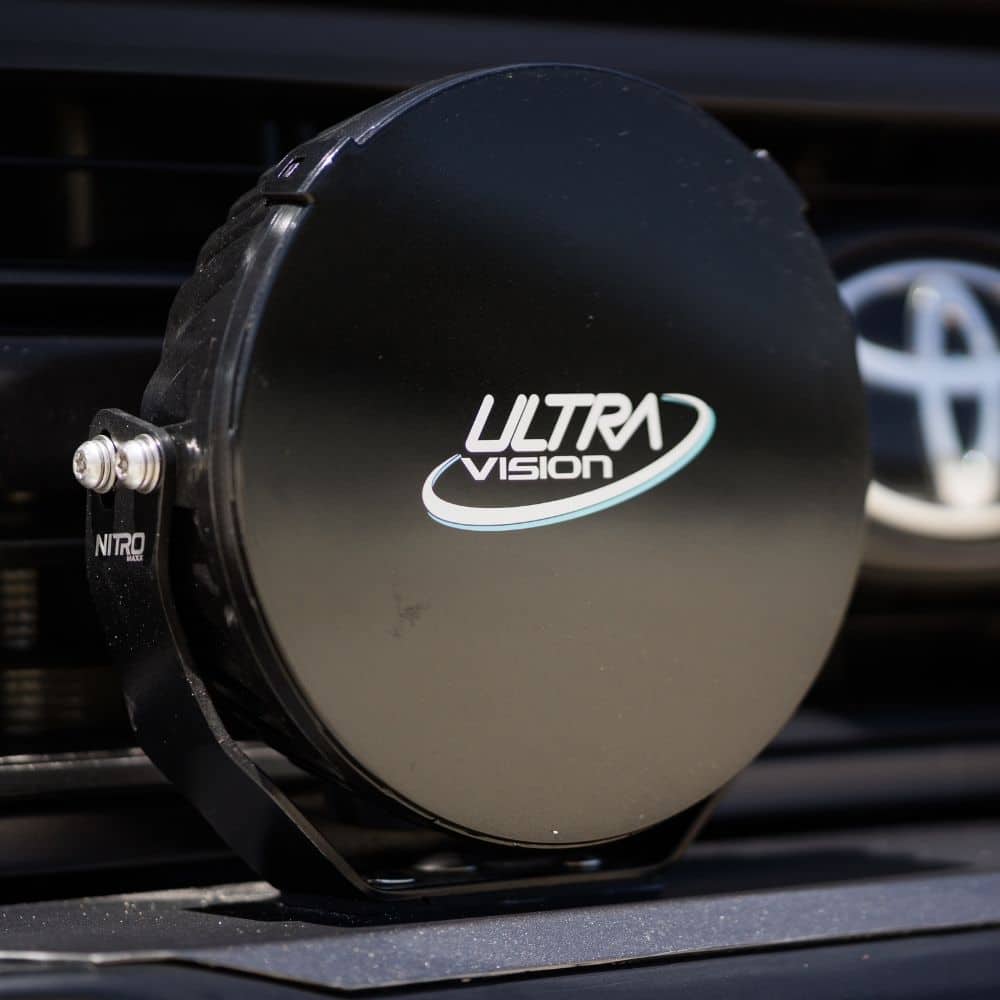Part 3 – Ploughing Through the Jargon.
Welcome back to our four-part series looking into the history of our beautiful and beloved sport. So far, in the first two parts of this series, we’ve looked at the technological timeline of the 4WD vehicles we have come to know and love today. In part one, we looked at the invention of the 4WD vehicle and its development up to the start of the Second World War. In the second article, we looked at how four-wheel drive technology advanced massively during the war years, and how the first civilian jeeps came to the consumer market.
This time around we’re going to leave the history and have a closer look at the mechanics—the actual technology that makes a four-wheel drive system work and how it has evolved over time. Firstly we’ll look at the surprisingly simple piece of engineering that makes 4WD possible in the first place, and then we’ll look into the much discussed AWD vs 4WD debate.
Four Wheels Good, One Wheel Bad
The first ever four-wheel drive, as we saw in part one, was a traction engine with an equally innovative ‘pedrail’ system, invented by British engineer Bramah J. Diplock. The pedrail wheels, designed to reduce damage to roads and allow vehicles to cross uneven terrain, were highly inventive but they did not catch on. The idea of powering all four wheels, however, persisted.
![Diplock’s Pedrail Machine - The Great Grandfather of your Land Cruiser. By Unknown - 7 Feb 1904 New York Times [1], Public Domain](http://d2epyv9fpc5tmv.cloudfront.net/wp-content/uploads/2019/09/Webp.net-resizeimage-1-1.jpg)
By Unknown – 7 Feb 1904 New York Times [1], Public Domain
Engineers quickly realised the benefits of sending the engine’s power to all the wheels (4X4) rather than two (4X2). While we’re on the subject, the first number in the term ‘4X4’ relates to the amount of individual axle ends (as opposed to wheels), and the second number tells you how many of those axle ends are actually powered by the engine. Hence a 6X4 would have six axle ends, four of which are powered. Those axle ends might have two tyres a piece, but the vehicle is still a 6X4. But, I digress…
Suffice to say that some early vehicles were simply ‘one-wheel drive’ or 4X1s, but manufacturers soon realised that having only one driven wheel was not the way forward (literally!).
The Key to Unlock the Power
The first and foremost barrier to driving four wheels was that those wheels would also have to be able to move at different speeds to each other. Enter the piece of kit that made it all possible—the ‘differential’.
Diplock’s groundbreaking (or ground-saving) invention incorporated three differentials to make sure that the wheels on the right hand side could turn at different speeds to those of the left, as well as allowing the front and rear axles to rotate at different speeds.
For a highly informative and clear description of how a differential system really works, check this video out:
As you can see, without differentials vehicles would be unable to turn corners efficiently, or at all. From Diplock’s invention onwards, all 4WDs have used a wide array of differential systems, and this three diff system is used to great effect to modern ‘AWD’ or All-Wheel Drive vehicles.
That’s it for this instalment, folks. I hope I’ve been able to shed some light on some of the actual mechanics of a four-wheel drive system. Next time, it’ll be back to the history, with a piece focusing on the development of 4WDs from around the 1950s up to the modern day. We look forward to seeing you there.







